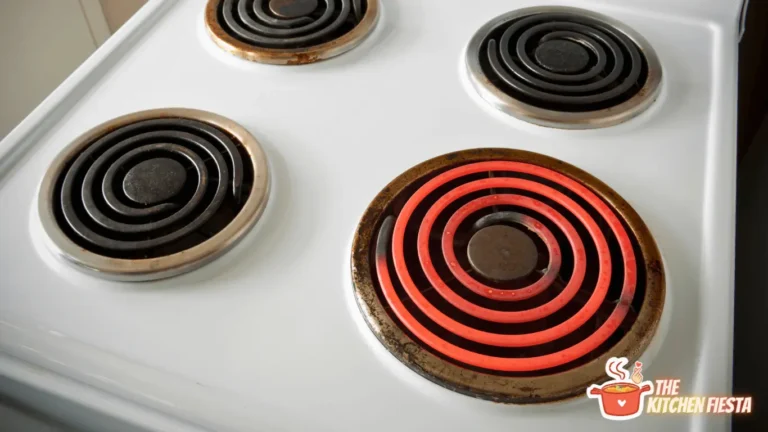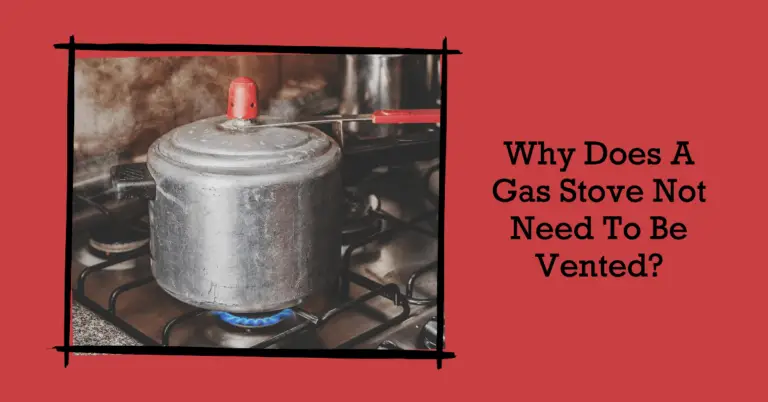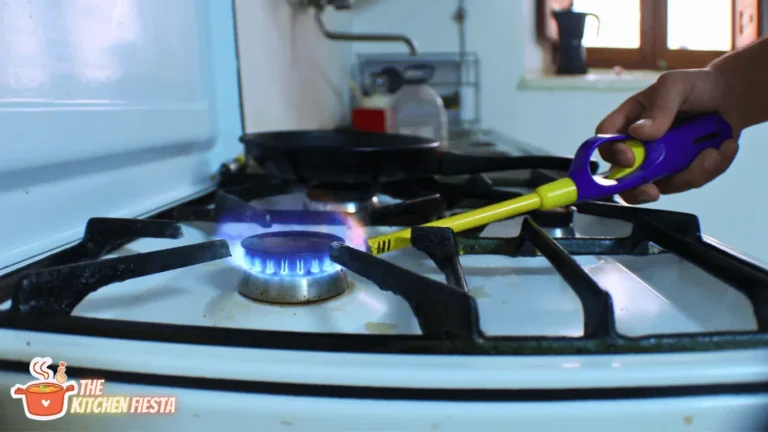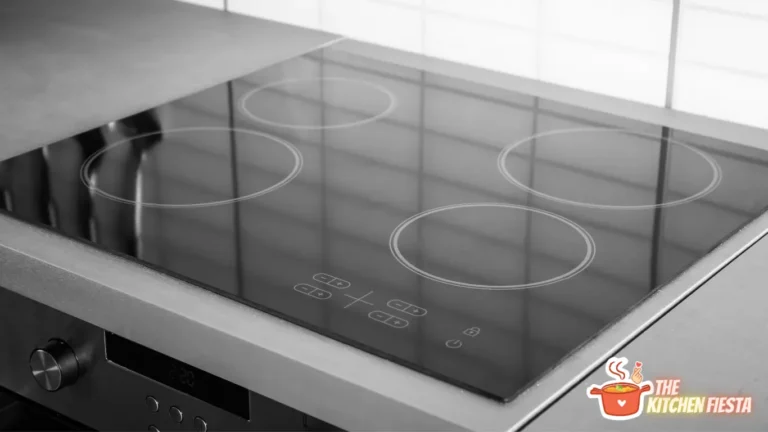How to Tell If You Have an Electric or Gas Stove?
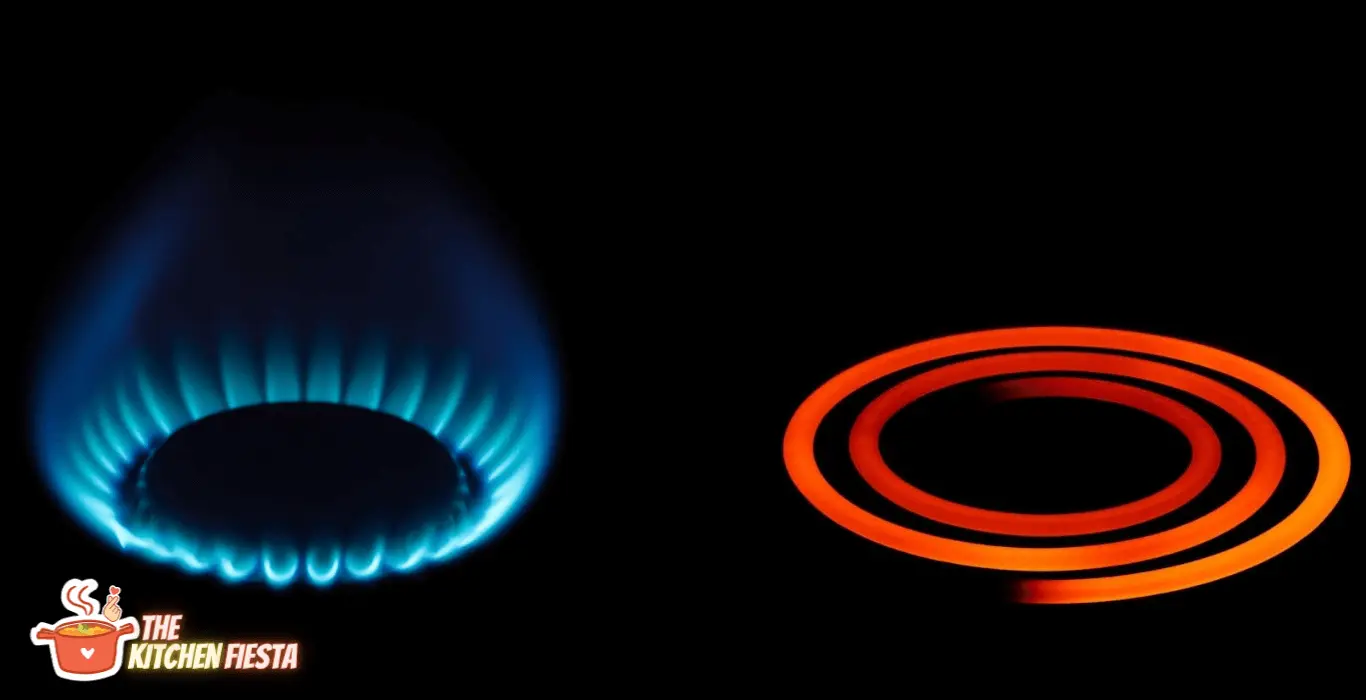
Have you ever wondered if your stove runs on electricity or gas? Being able to identify whether you have an electric or gas stove is important for several reasons.
How can you easily determine if your stove is powered by electricity or natural gas? Read on to learn the telltale signs and easy methods to figure it out. We’ll cover everything from inspecting the cooktop and oven, locating model numbers, checking for a gas line, testing the ignition, and more.
Introduction
Knowing what type of stove you have – either electric or gas – is useful when troubleshooting issues, choosing cookware, deciding on replacements, and for safety reasons. Electric and gas stoves operate differently, have distinct features, and require specific connections.
Some homeowners inherit stoves that have been in the house for years. The stove type may not be readily apparent based on appearance alone. Renters also commonly move into places with an existing stove with no clear indicators if it’s gas or electric.
Understanding Your Gas or Electric Stove
Familiarizing yourself with how gas and electric stoves work can further help you identify which type you have.
Gas Stoves
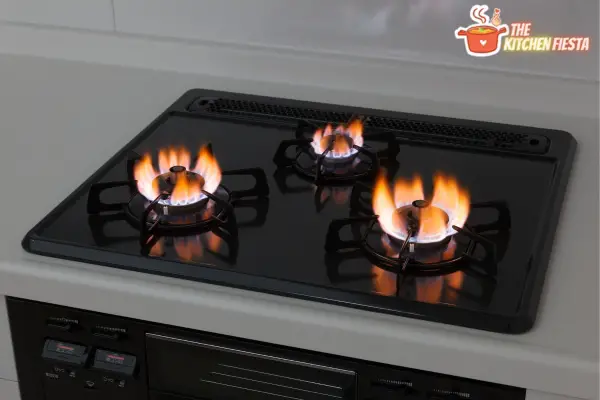
Gas stoves have burners fueled by natural gas or propane fed through gas lines. Turning the knob on a gas burner allows gas to flow and ignites the burner using an electric spark ignition. This ignition creates an open gas flame cooking surface.
Gas ovens use gas flames that are visible through oven door windows. Gas stoves require proper ventilation to remove combustion byproducts.
Electric Stoves
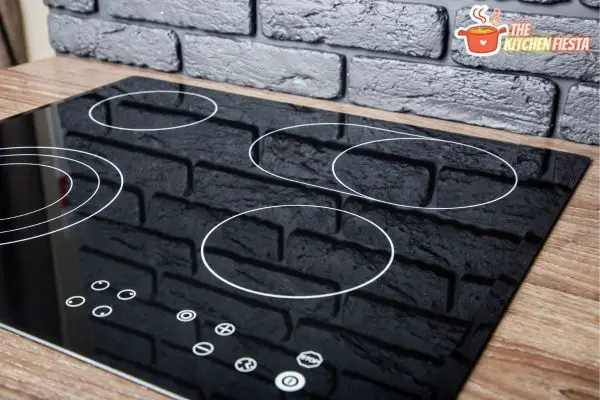
Electric stoves use heating elements powered by household electricity to produce heat. Electric coils heat to high temperatures when current passes through them.
Electric ovens use electric heating elements behind the walls of the oven cavity. Electric stoves do not require special ventilation like gas appliances.
By understanding the unique attributes of electric and gas stoves, however, you can easily figure out what kind you have using the methods outlined below.
Inspect the Cooktop Surface
The first place to check when identifying your stove’s power source is the cooktop surface. Electric and gas cooktops have distinct visible differences:
- Electric coil elements – Electric stovetops have coil-shaped heating elements made of metal that heat up when turned on. The coils may be circular or oval-shaped. When off, the smooth electric cooktop will have circles marking where each coil is located.
- Gas burners – Gas stovetop cooktops have round burners made of metal or cast iron. You’ll see small holes all over the burner tops where the gas flames emerge when turned on. The knobs to control each gas burner are a clear indicator.
So if your cooktop has noticeable gas knobs and burners, you have a gas stove. If you see flat electric coils, your stove is electric. Easy enough so far!
Locate the Model Number
If the visual inspection of the cooktop still leaves you unsure, the next step is to find the model number. All appliances have a model number tag that provides key details.
For many stoves, the model number tag is located on the front of the oven, inside the door jamb. It may also be inside the storage drawer or another accessible section of the frame.
Once you locate the tag, you can either:
- Look for keywords – The model number itself may provide clues. Model numbers for gas stoves often contain words like “gas” or “propane.” Electric models may say “electric.”
- Search online – With the model number, search online for your stove make and model specs. The product details should clearly state if it is a gas or electric stove.
The model number provides certain confirmation if the cooktop visual inspection is inconclusive.
Does It Have a Gas Line?
Gas stoves require a dedicated gas line hooked up directly to the unit to power the burners and oven. This gas line is usually visible running from the wall into the back or bottom of the stove.
If your unit does not have an external gas line connection, it is likely an electric stove. The absence of a gas line indicates the stove must run on household electricity.
Test the Ignition
Here is a useful way to directly test if your burners use gas or electricity:
- Turn on a burner knob to the lowest heat setting.
- If you hear a clicking sound and see a small flame appear, the burner is igniting gas. This confirms you have a gas stove.
- If the burner coil simply turns red and heats up without a flame, it is an electric stove using coils. No gas is being ignited.
Be sure to turn the knob back off after testing the ignition. This trick provides on-the-spot confirmation whether gas or electricity powers your stove.
Consider Induction Cooktops
Induction stovetops are a relatively new electricity-powered technology that heat pots and pans differently than traditional electric coils. Rather than heating the cooktop surface itself, induction uses magnetic fields to directly heat your cookware.
An induction cooktop looks like a flat glass-ceramic surface with no coils. Check for an induction label to confirm. You can test an induction cooktop with magnets – they will stick to the surface.
Consult Appliance Repair Experts
If you are still unsure whether your stove is gas or electric after all these steps, calling in a professional may be the way to go.
Experienced appliance repair technicians can examine your make and model and confirm the power source. They are very familiar with the differences between gas and electric stoves.
Look for a reputable local appliance repair company with expertise across all major brands. Describe your situation to determine if an in-person visit is recommended.
Key Differences Between Gas and Electric Stoves
Why does it matter whether your stove is powered by gas or electricity? Here are some key factors to consider:
Cooking Performance
- Gas burners provide more precise, immediate temperature control compared to electric coils. The flame size adjusts heat output.
- Electric coils take longer to heat up but typically provide a more even heat distribution.
Features
- Gas stoves allow you to cook at very high temperatures for searing and stir-frying. Electric stoves may not reach the same high heat.
- Electric smoothtop stoves are easier to clean than gas burners. Electric coils also minimize scratches to cookware.
Safety
- Gas stoves do carry a minor risk of gas leaks and require proper ventilation.
- Electric stoves have lower fire risks since they do not use an open flame.
Cost
- Gas stoves usually have lower operating costs. The gas itself tends to be cheaper to run than electricity.
- Electric stoves may have lower upfront appliance costs. Gas requires installing a dedicated gas line.
Eco-Friendliness
- Gas stoves have higher carbon emissions. Electric stoves are considered more environmentally-friendly.
- Induction electric stoves are the most energy-efficient cooktop type.
Conclusion
Determining whether your stove is gas or electric is a useful skill with implications for operation, maintenance, and safety. By carefully inspecting your cooktop, locating the model number, checking for a gas line, testing the ignition, and seeking professional help if needed, you can definitively identify the power source.
Remember these key pointers for determining if you have an electric or gas stove:
- Examine the cooktop elements – electric coils vs gas burners?
- Find the model number tag and look up specs online
- Verify if there is a gas line hooked up to the stove
- Test the ignition using the low burner setting
- Call an appliance repair company if still uncertain
Knowing your electric or gas stove configuration helps ensure you use, maintain, and maximize your cooking appliance properly. Now you have the techniques to easily tell which type of stove is in your kitchen.

